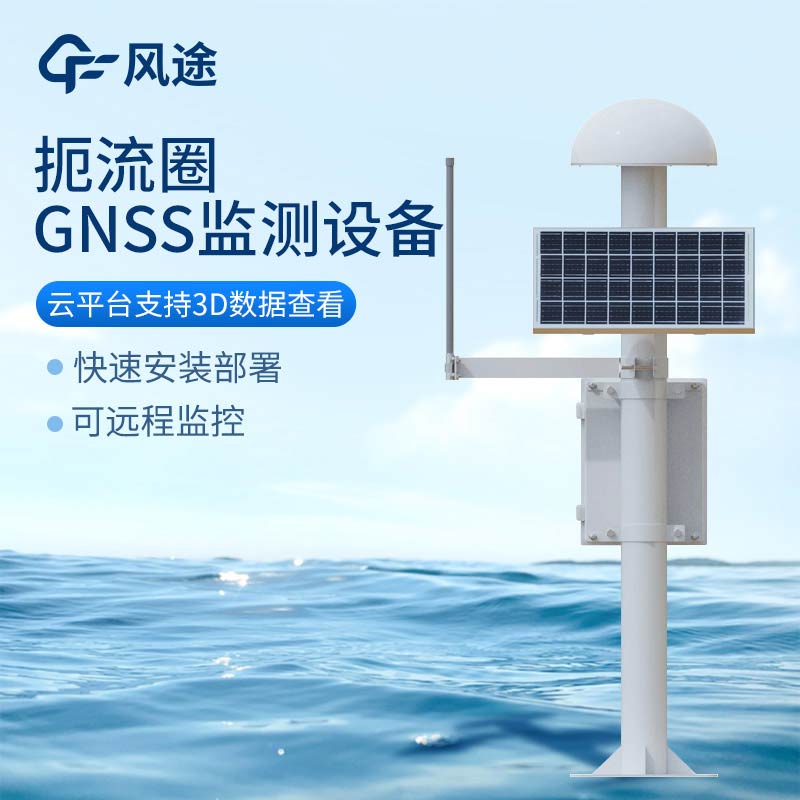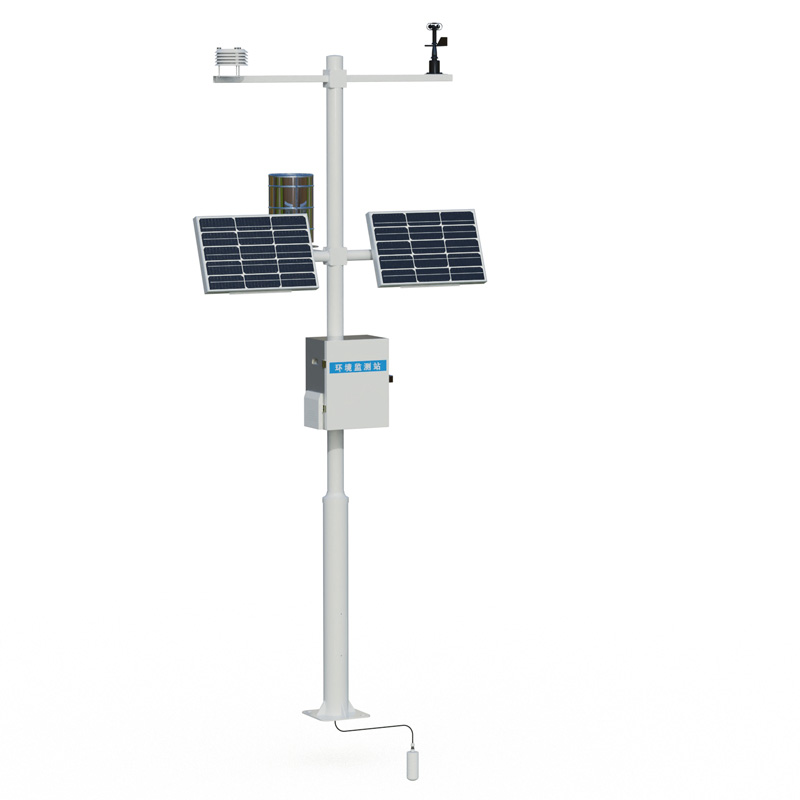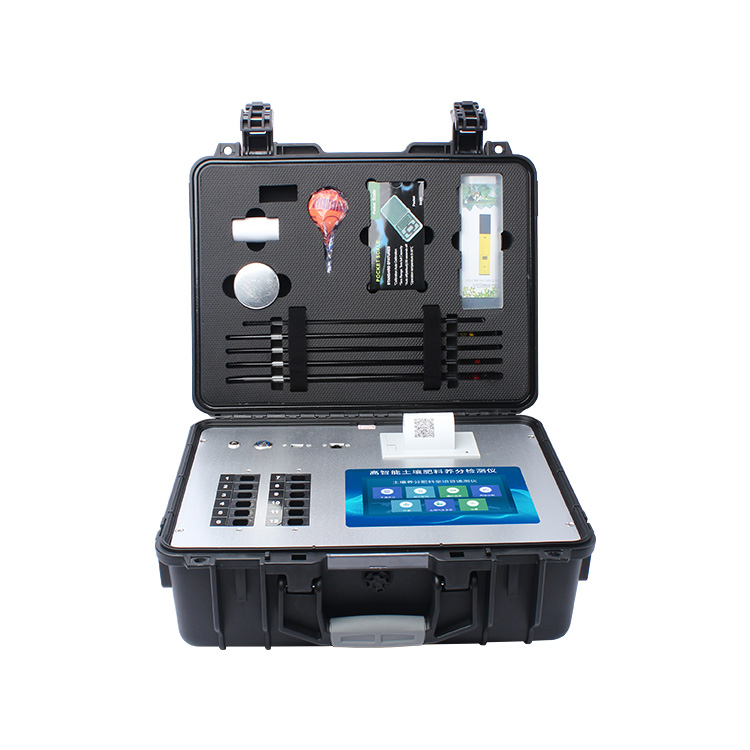The online monitoring project of slope retaining walls requires professional technical means and equipment to conduct real-time and continuous monitoring and analysis of key indicators such as deformation, displacement, and settlement of slope retaining walls, so as to timely grasp their safety status and prevent potential geological disasters.
Among various monitoring tools, the GNSS monitoring station is a relatively advanced and widely used one at present. GNSS is the abbreviation of the Global Navigation Satellite System, mainly including systems such as GPS, Beidou, Galileo, etc. The GNSS monitoring station realizes high-precision positioning monitoring of slope retaining walls by receiving satellite signals.
Functional Advantages of the GNSS Monitoring Station
Firstly, by using technologies such as CORS differential technology, the GNSS monitoring station can achieve a displacement monitoring accuracy at the centimeter or even millimeter level, which can accurately monitor the deformation of slope retaining walls and provide reliable data basis for early warning and safety assessment.
Secondly, the GNSS system is not affected by weather conditions. Whether it is sunny or rainy, day or night, it can maintain normal operation, ensuring the continuity and integrity of monitoring data without any interruption due to environmental factors.
Thirdly, it realizes fully automatic measurement without the need for manual on-site operation, reducing labor costs and improving the efficiency of monitoring and the timeliness of data, ensuring that monitoring information can be obtained in the first place.
Fourthly, as a long-distance non-contact monitoring technology, the GNSS monitoring station will not have any impact on the stability of slope retaining walls during the monitoring process, effectively ensuring the safety of slope retaining walls during the monitoring period.
Fifthly, the GNSS monitoring station can not only obtain the displacement data of slope retaining walls but also conduct fusion analysis with data collected by other sensors such as rain gauges, pore water pressure gauges, and crack meters. By combining meteorological data, groundwater level data, and information on crack expansion, etc., it can comprehensively evaluate the safety status of slope retaining walls.
Sixthly, according to the set early warning thresholds, when the monitoring data shows abnormalities, it can promptly send out early warning information to remind relevant personnel to take corresponding measures, effectively avoiding or reducing losses caused by geological disasters.
Seventhly, although the initial investment in equipment is relatively high, during the long-term monitoring process, its automation and all-weather characteristics make its operation and maintenance costs low, and it can effectively extend the service life of infrastructure such as slope retaining walls, which has a high cost performance.
In conclusion, the GNSS monitoring station is a powerful tool for the online monitoring of slope retaining walls, which can effectively monitor the status of slope retaining walls and provide early warning of risks.

This paper addresses:https://www.fengtusz.com/industry/732.html









